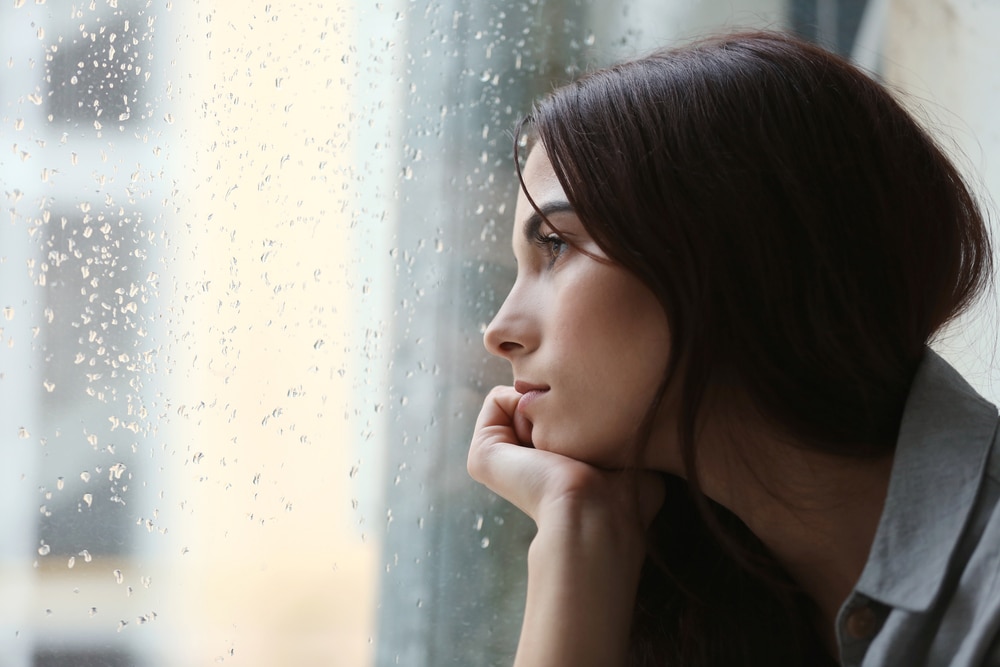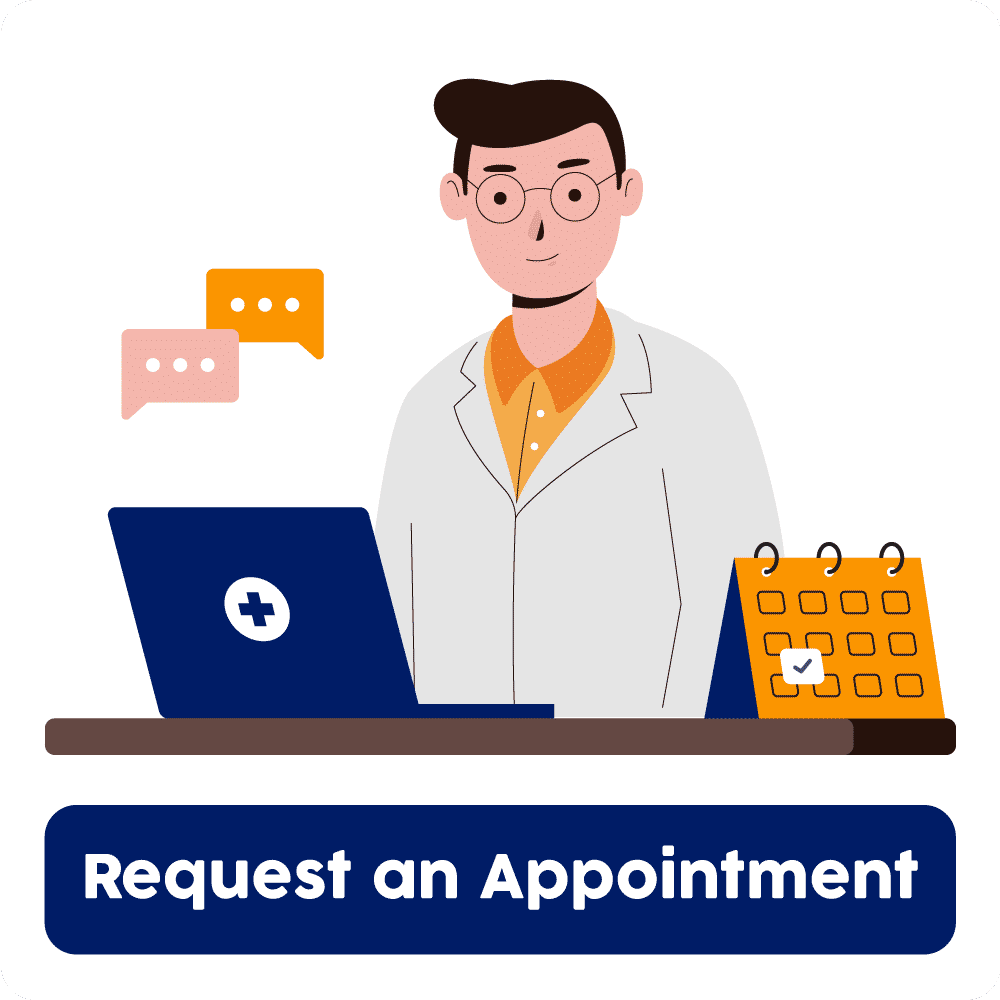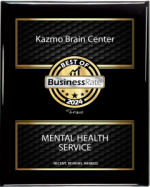People with depression exhibit a wide range of symptoms, which can be complicated and vary widely from one person to another. If you’re depressed, you might feel sad, hopeless, and lose interest in things you once enjoyed.
You may experience these symptoms for several weeks or months, affecting your relationships with family, friends, and colleagues.
Having read this article, you will be able to understand what depression symptoms are.
Before we get into depression symptoms, let’s clarify what depression is.
What is Depression?
A chronic sense of sadness and loss of interest are symptoms of depression, a mood illness. It affects your feelings, thoughts, and behavior and is also known as a major depressive disorder or clinical depression. It can cause many emotional and physical issues. You can find it hard to carry out your usual daily tasks, and you might occasionally think life isn’t worth living.
Depression is more than just a bad case of the blues; you can’t immediately “snap out” of it. Long-term treatment may be necessary for depression. Depressed persons get improved symptoms with medicine, counseling, or both.
Psychological and Physical Symptoms
Depression’s psychological and Physical signs and symptoms include:
- Continual sadness or depression.
- Unknown aches and pains.
- Moving or speaking at a slower pace than normal.
- Having no hope and being powerless.
- Poor self-esteem.
- Tearing up.
- Constipation.
- Feeling guilty.
- Feeling angry and unpleasant toward other people.
- Lacking passion or drive for tasks.
- Finding it challenging to decide.
- Not enjoying life to the fullest.
- Low sex drive.
- Alterations in appetite or weight.
- Tense or concerned feelings.
- Not enough energy.
- Suicidal or self-harming thoughts.
- Sleep disturbances include difficulty falling asleep or waking up early in the morning.
Symptoms in Children and Teens
Depression symptoms in children and teenagers are comparable to those in adults, even though some variances may exist.
- A depressed child may show sadness, irritability, clinginess, aches, pains, or be underweight.
- Teenagers with depression often experience sadness, restlessness, worthlessness, rage, a lack of concentration in school, feeling misunderstood, eating a lot, and self-harming.
Symptoms in Older Adults
Being depressed is not a normal part of growing older; you shouldn’t take it lightly. Most older adults who suffer from depression do not seek treatment, so they remain undiagnosed and untreated. Older adults may display different symptoms of depression, including:
- Changes in personality or memory.
- Aches and pains.
- Sleep problems, fatigue, appetite loss, or loss of interest in sex – (not caused by a medical condition or medication).
- Staying in more often than leaving the house to interact with people or try new activities.
- Thoughts or sentiments of suicide, especially in elderly males.
How to Tell the Differences between Grief and Depression
It might be challenging to tell depression from grieving. They have many of the same traits in common, but they also differ significantly.
Depression is a medical condition, whereas grief is a normal reaction to loss.
Although they can enjoy life and look forward to the future, people in grief discover their feelings of sadness and loss come and go.
In contrast, depressed people experience sadness all the time and even struggle to find joy in life or have hope for the future.
When to Visit a Doctor
Make an appointment to see your doctor or a mental health expert as soon as you can if you’re feeling down. If you’re hesitant to get help, talk to a friend or family member, a doctor, a member of your religious community, or someone else you can trust.
And if you’re depressed, contact us at Kazmo Brain Center.







